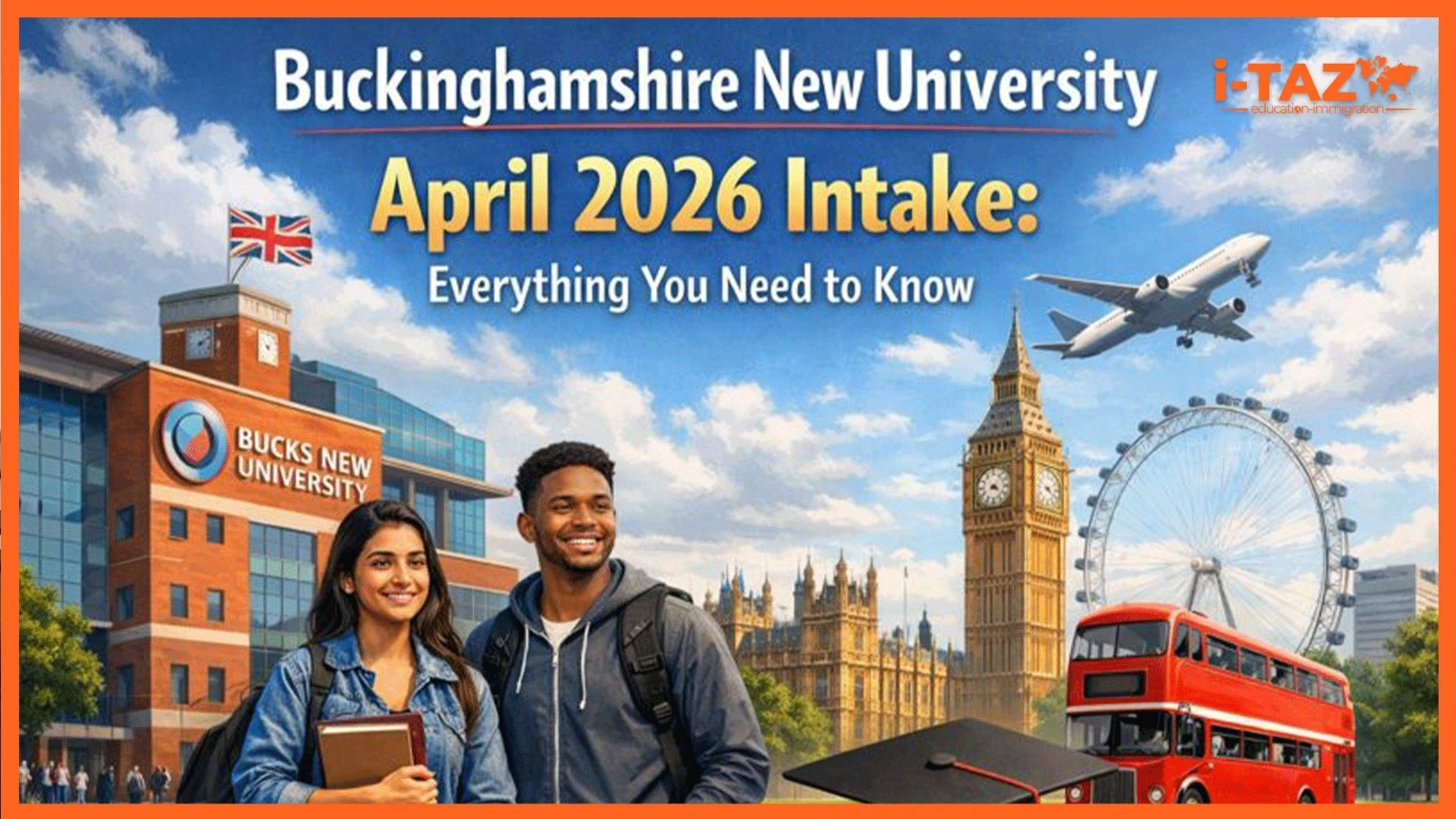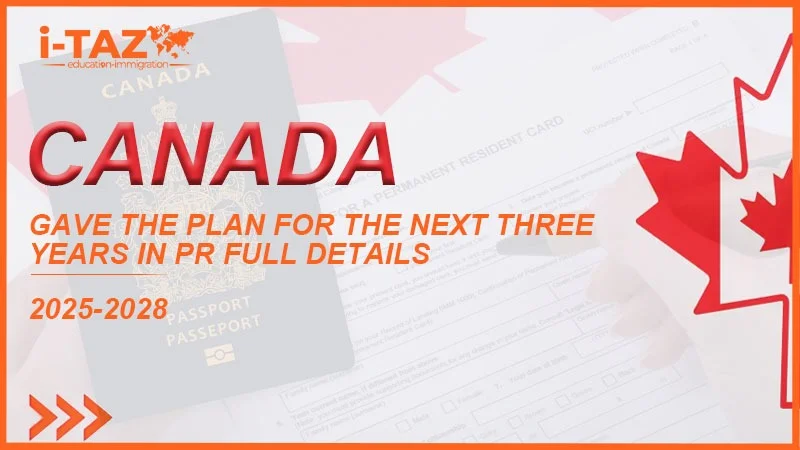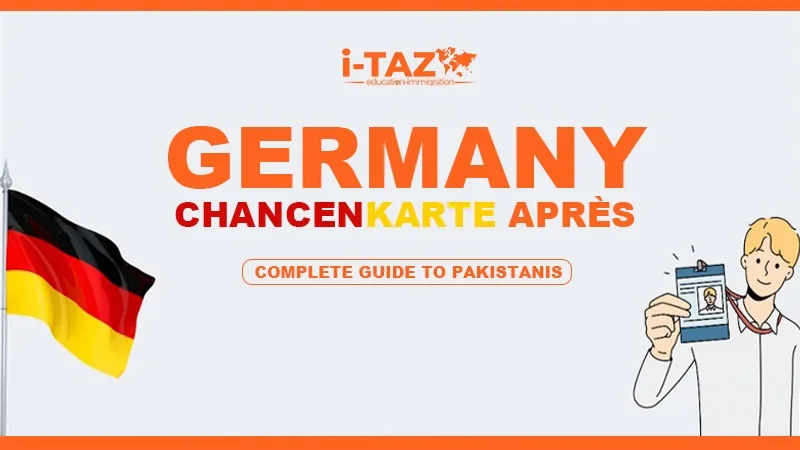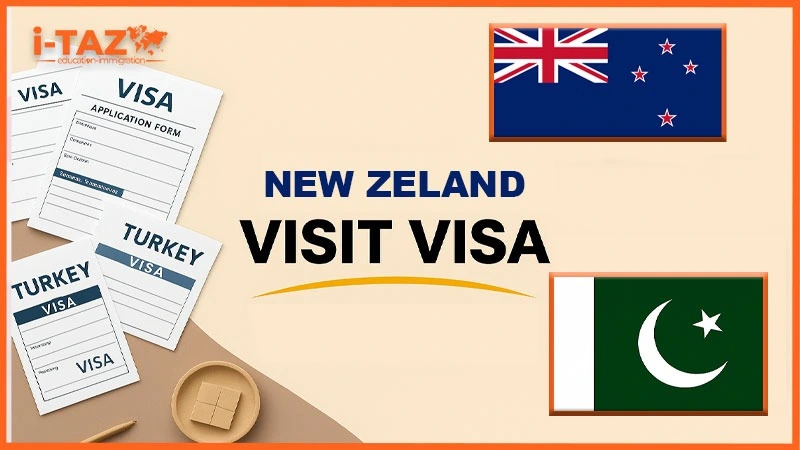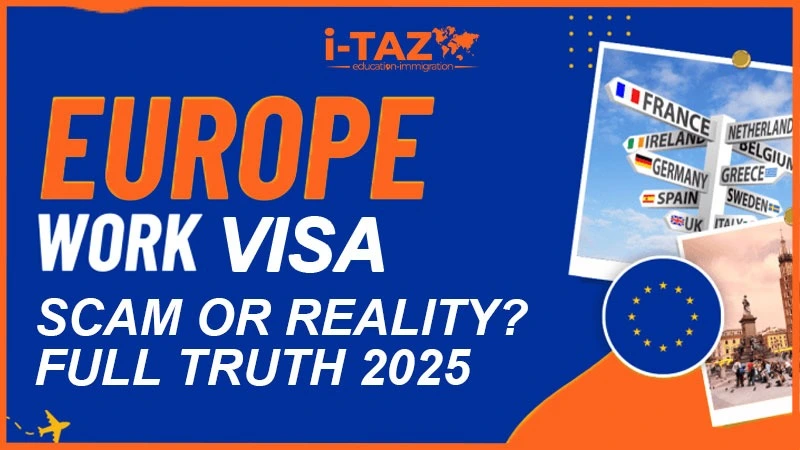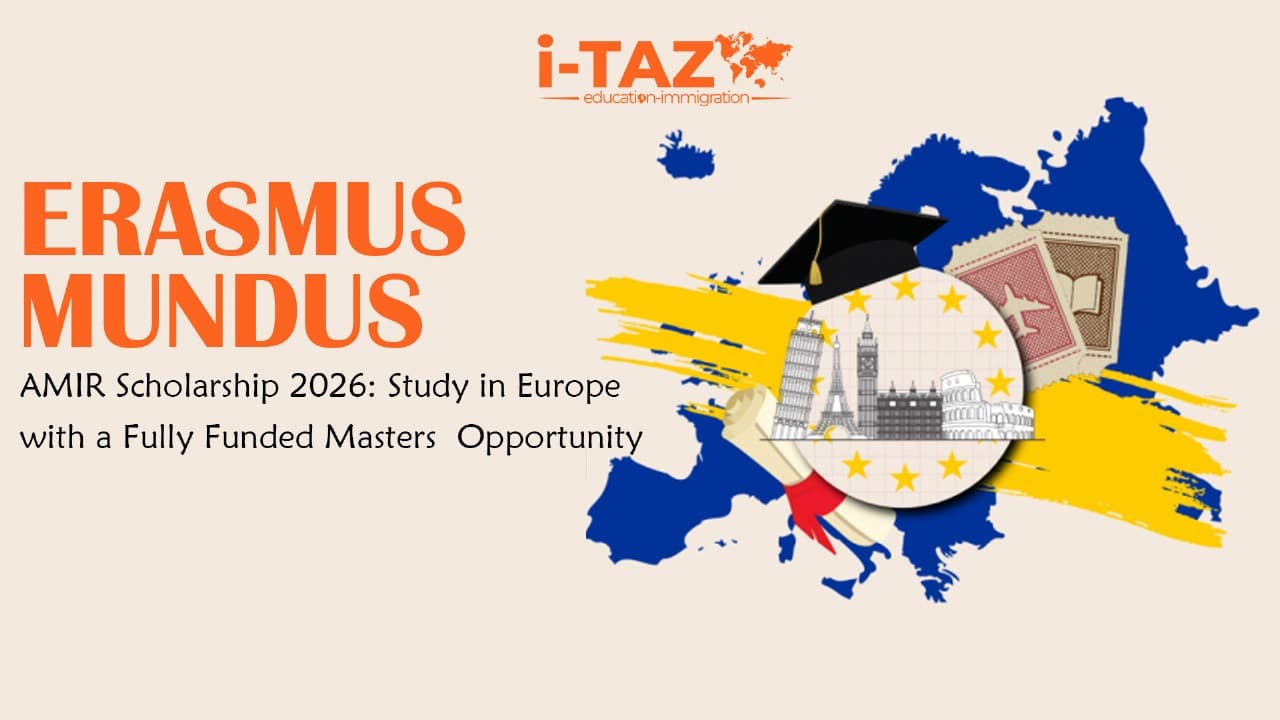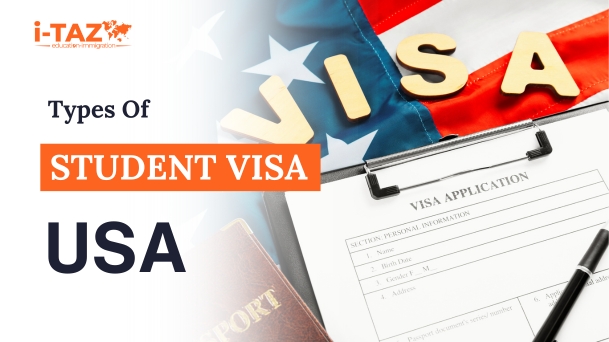The United States is a popular destination for students worldwide, offering top-ranked universities, diverse academic programs, and endless opportunities. Before you begin your educational journey in the U.S., one of the most important steps is securing the right student visa. In this blog, we’ll break down the different types of student visas available, explain the application process, and provide expert insights to ensure a smooth experience.

1. F-1 Visa: Academic Student Visa
The F-1 visa is the most common type of student visa in the U.S. It’s designed for international students who wish to attend an accredited academic institution, such as a university, college, high school, or even English language programs. F-1 visa holders are required to maintain a full-time course load and demonstrate sufficient financial resources to cover their tuition and living expenses during their stay. Students must also prove that they have strong ties to their home country and intend to return after completing their studies. While on an F-1 visa, students can participate in Optional Practical Training (OPT), which allows them to work in their field of study for up to 12 months post-graduation, with an extension available for STEM graduates.
Key Points:
- Eligibility: You must be enrolled in a full-time academic program.
- Duration: Typically, the F-1 visa lasts for the duration of your program plus an optional year of practical training (OPT) after graduation.
- Work Opportunities: On-campus employment is allowed for up to 20 hours a week. Off-campus work requires specific authorization.
2. M-1 Visa: Vocational Student Visa
The M-1 visa is for students attending vocational or technical schools, offering specialized training in non-academic fields. This could include programs like culinary arts, aviation, cosmetology, mechanical studies, and other trade-related education. M-1 students are expected to complete their studies within a specified time frame and are not allowed to change their program once they’ve arrived in the U.S. Additionally, unlike F-1 visa holders, M-1 students have limited options for working while studying, with employment typically restricted to practical training directly related to their course after completing their studies.
Key Points:
- Eligibility: Enrollment in a full-time vocational or non-academic program.
- Duration: The M-1 visa is granted for the length of the program, typically up to one year, with extensions available under certain conditions.
- Work Opportunities: Unlike F-1 visa holders, M-1 students have limited work opportunities and are only allowed practical training after completing their studies.
3. J-1 Visa: Exchange Visitor Visa
Key Points:
- Eligibility: You must be part of an exchange program that promotes cultural exchange.
- Duration: The J-1 visa lasts for the duration of the exchange program.
- Work Opportunities: Students on a J-1 visa may work in roles related to their exchange program. Academic training related to your field of study is also permitted.

EEAT Considerations: Expert Advice for Securing Your U.S. Student Visa
Applying for a student visa in the U.S. requires thorough preparation and a clear understanding of visa requirements. Here are some tips to help you navigate the process with ease:
1. Ensure You Meet All Eligibility Requirements: Each type of visa has specific eligibility criteria, from being accepted into an academic program (F-1) to enrolling in vocational studies (M-1). Double-check your institution’s accreditation and your program’s full-time status.
2. Prepare for Your Visa Interview: U.S. visa interviews can be challenging, so it’s crucial to prepare in advance. Be ready to demonstrate that your stay in the U.S. is temporary, provide financial evidence, and explain how your studies align with your future goals.
3. Seek Professional Guidance: Navigating visa applications and U.S. immigration policies can be overwhelming. Consult a visa expert or legal advisor who can guide you through the process, ensuring that your paperwork is completed correctly and on time.
4. Monitor Changes in U.S. Immigration Policies: U.S. visa rules and regulations can change, affecting processing times, application procedures, and eligibility requirements. Stay informed and keep in touch with your designated school official (DSO) for any updates.
Conclusion: Choosing the Right Visa for Your U.S. Study Journey
Understanding the different types of student visas available is the first step toward achieving your dream of studying in the U.S. Whether you’re applying for an F-1, M-1, or J-1 visa, proper preparation and expert guidance are key to a successful application. By staying informed, meeting eligibility criteria, and seeking professional support, you can confidently pursue your education in one of the most sought-after destinations for international students.

